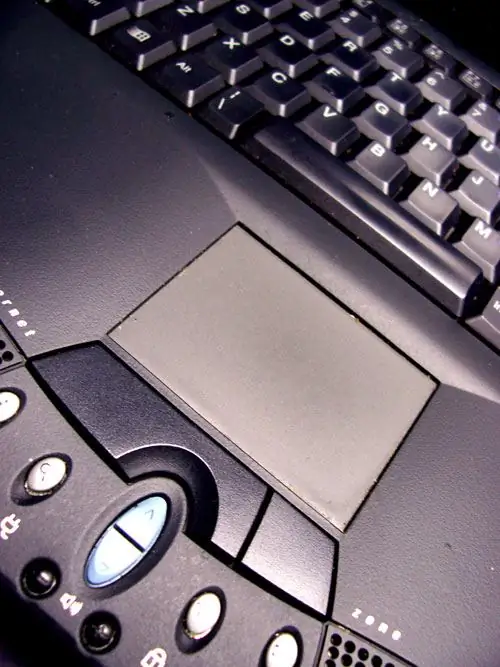For more compact storage and movement of information on removable media or through network connections, the file archiving operation is used. It is carried out by specialized programs, the vast majority of which not only combine a group of files into one archive, but also compress them. This saves storage space and reduces the time it takes to transfer data over network connections.

Instructions
Step 1
Use a program designed to pack files into an archive. This can be, for example, the most common programs WinZIP, WinRAR, 7-ZIP, etc. Each of these programs was created to work with files of the same format, but in order to be competitive in the modern market, they all have functions for working with as many “non-native” archiving formats as possible. Therefore, it is enough to install one of the archivers on your computer to be able to work with most types of archives.
Step 2
Open your operating system's standard file manager. In Windows, it is launched using the "hotkeys" win + e or by double-clicking on the "My Computer" shortcut on the desktop. Using the interface of this program, go to the folder where the files to be archived are stored.
Step 3
Select the files and / or folders you want, and then right-click the selected group to access the context menu. When installed on a computer, the archiver program puts its commands into it, among which there are those that create an archive from the selected files. As a rule, there are two such commands - one performs this operation with the default settings and assigns a name to the archive file, which consists of the name of this folder and the extension corresponding to the archiving format. Another command opens the program window so that you can set the required archiving parameters. In the second case, you will be able to select the archiving format, compression rate, specify the file name, set a password, add a comment, etc. After all this, click the "OK" button to start the packaging procedure.
Step 4
After the program finishes archiving the objects you have selected, a new file will appear in the same folder, which will be available for changes. For example, you can change its name by highlighting and pressing the f2 key, or add new objects to the archive by dragging and dropping them into this file.






